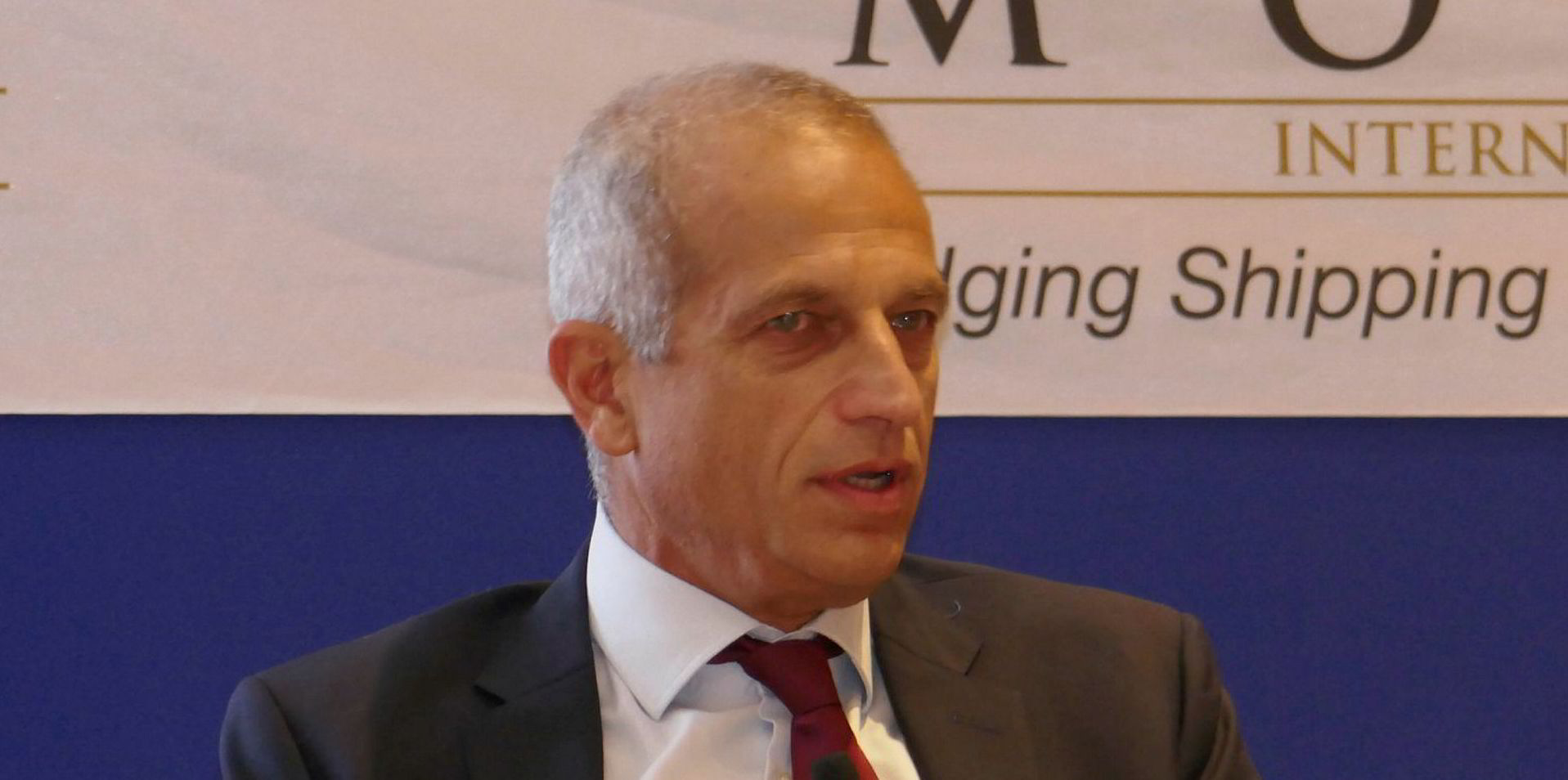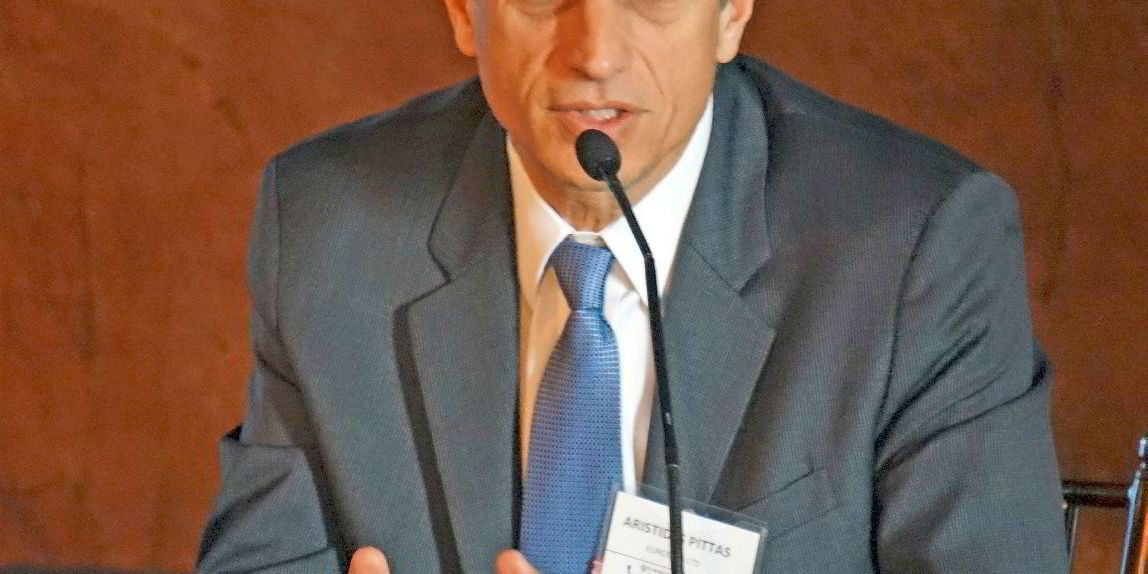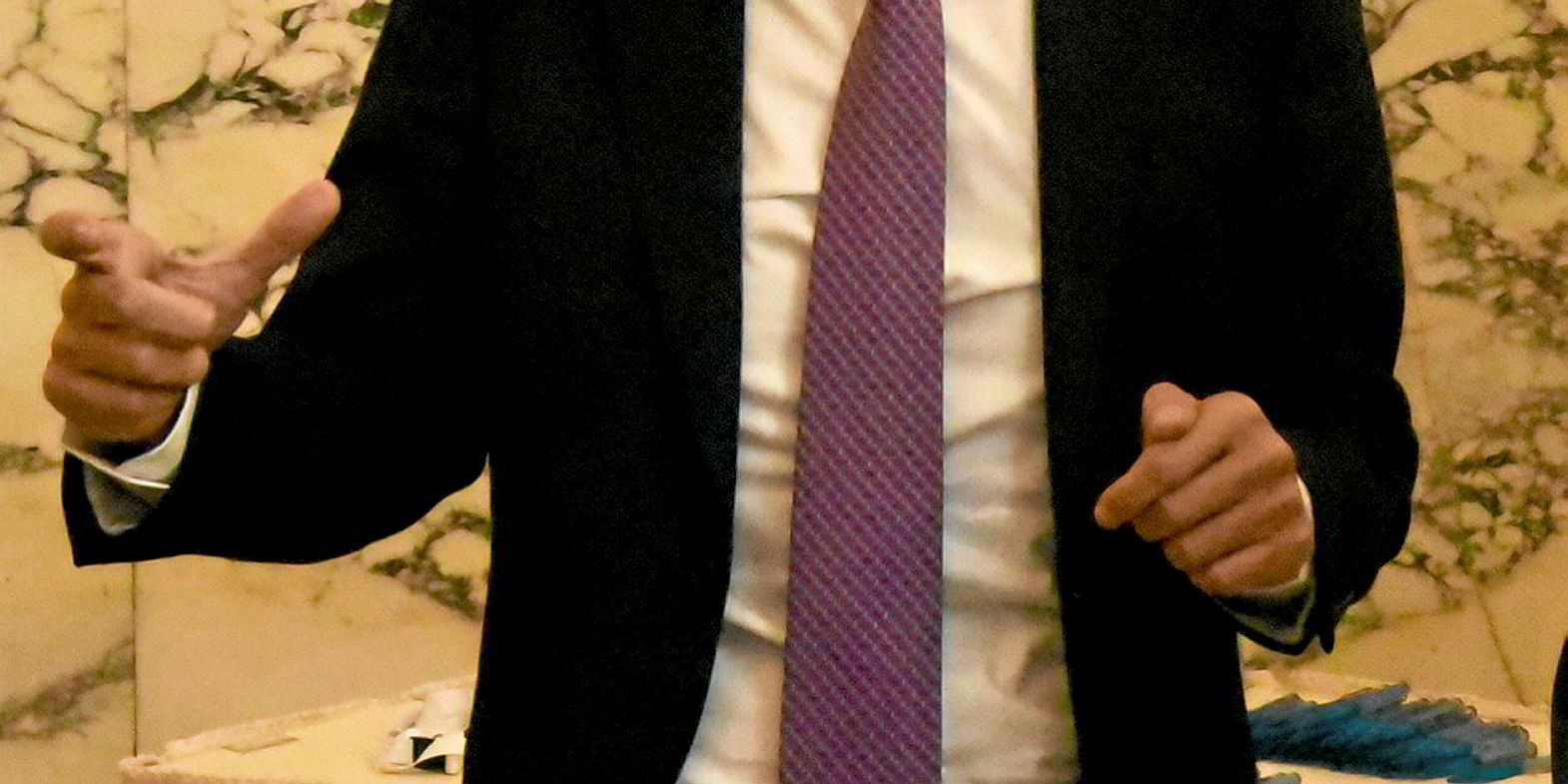EuroDry has made a debut net profit of $500,000 in its maiden set of results since being spun-off from US-listed Euroseas in May.
The Nasdaq-listed owner of six bulkers reported earnings per share of $0.16, exceeding Wall Street expectations of $0.06.
EuroDry reported total net revenues of $6.1m, which it said represented a 29% increase over total net revenues of $4.7m seen a year ago.
It attributed this to a combination of an increased average number of vessels and the increase in the average time charter equivalent (TCE) rate its ships earned due to the increase in dry bulk market rates.
During the second quarter of 2018 its fleet earned an average TCE rate of $12,069 per ship, per day versus the $9,429 per day seen 12 months earlier.
“During the second quarter of 2018, we achieved a significant milestone in executing our strategy by completing the spinoff of EuroDry,” said chief executive Aristides Pittas.
“We are pleased to note that our shareholders benefited from the spin-off by having the market value of their combined EuroDry and Euroseas holdings increase by more than 40% as a result of the spin-off.”
However, Pittas said Eurodry was still trading at a more than a 50% discount to NAV, something we believe will be corrected as the market “comes to understand the value of this new pure bulk carrier play” and compares it with its peers.
“We are optimistic about the prospects of the drybulk markets as the orderboook is close to its lowest levels of the last 20 years and new regulations coming in effect in the near future will likely keep the supply of vessels in check; this will allow increases in demand to positively influence earnings and values,” he said.
“We believe it is still an opportune time to pursue growth either through individual vessel purchases or by consolidating with others who would like to become shareholders of a publicly listed drybulk company.
“Along those lines, we have been evaluating opportunities to acquire new vessels and exploring merger possibilities with other fleets in accretive transactions.
“We expect that the profitability we are experiencing in the second quarter will continue and even further improve in the next couple of quarters.”
EuroDry’s fleet is comprised of one ultramax and two kamsarmaxes built between 2016 and 2018, and three Japanese-built panamaxes built between 2000 and 2004.





